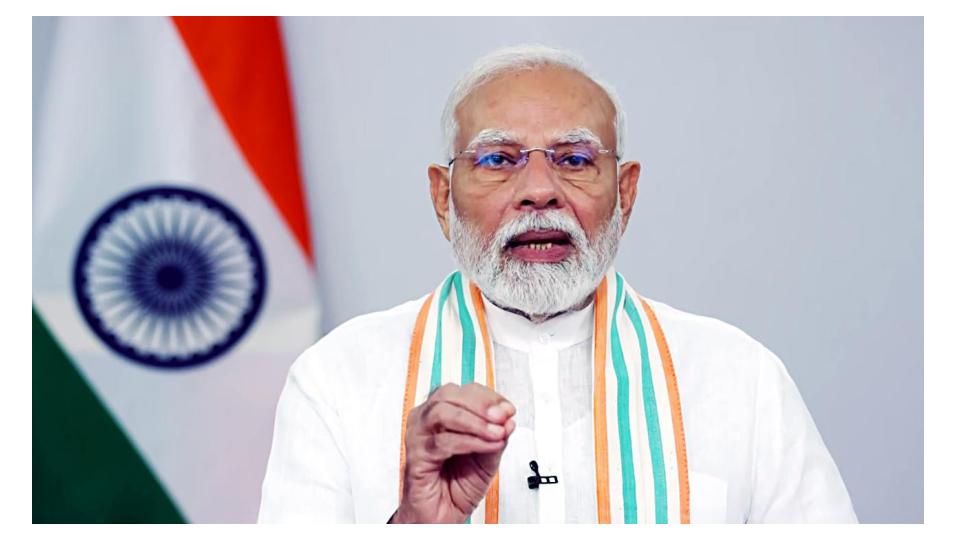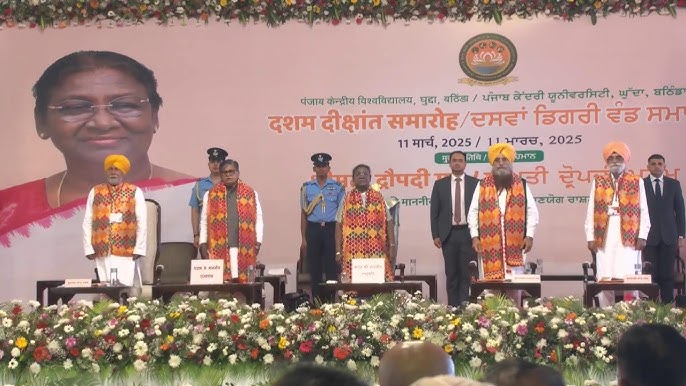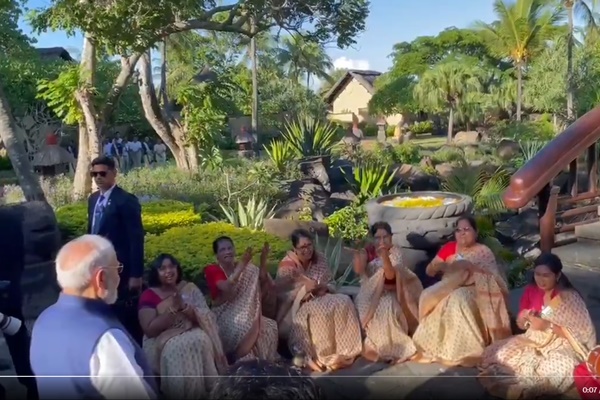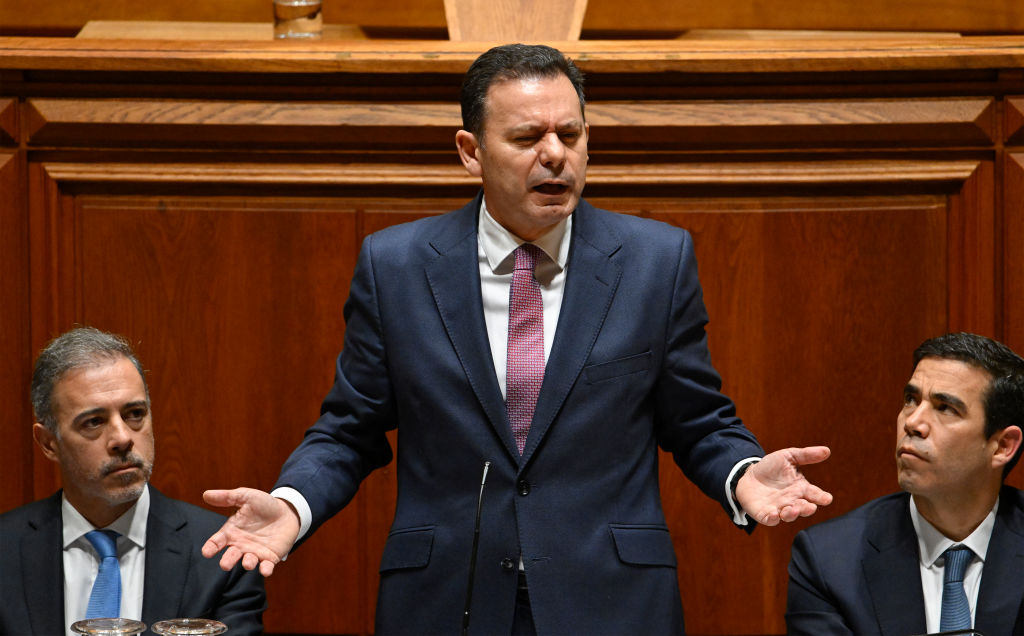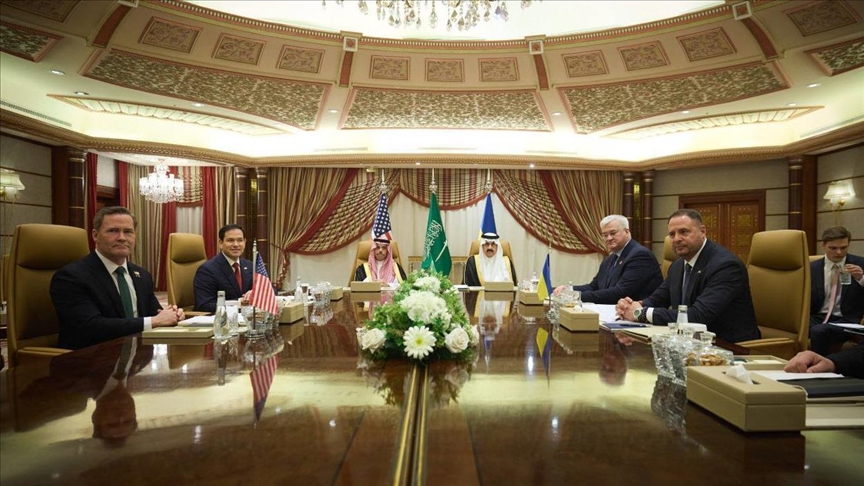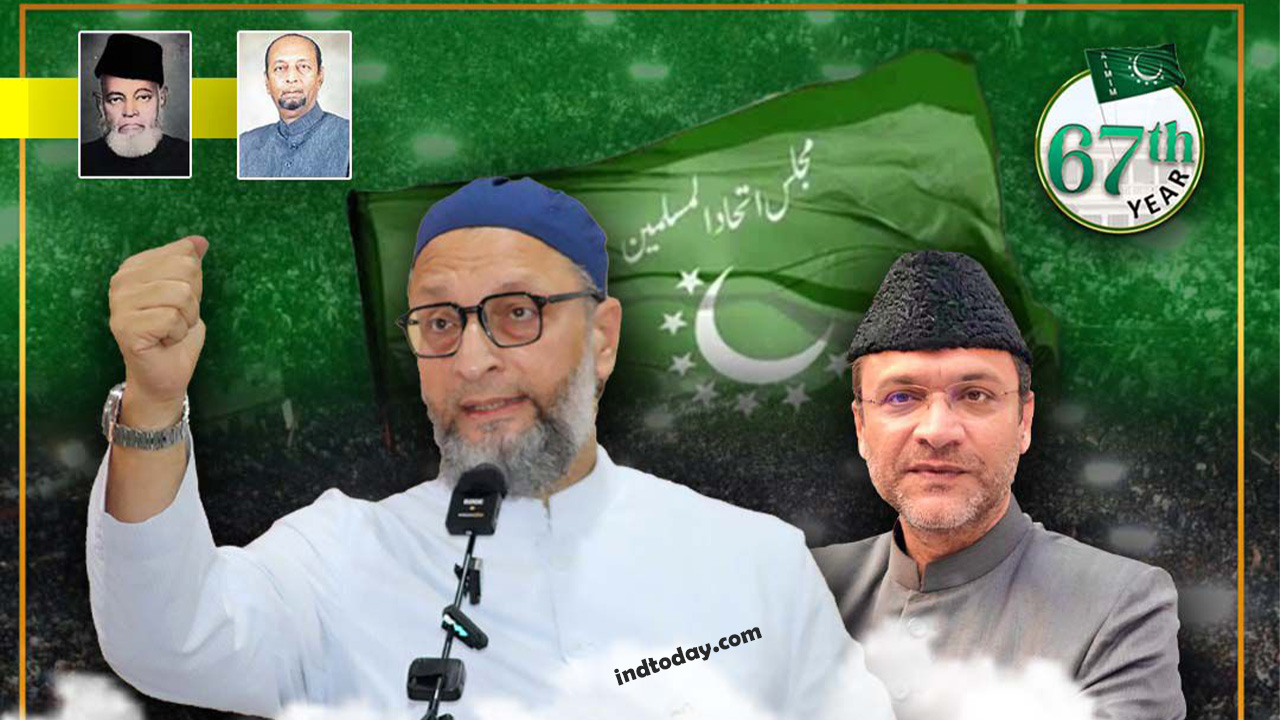Longest lunar eclipse will occur on July 27
Sat 14 Jul 2018, 10:45:09
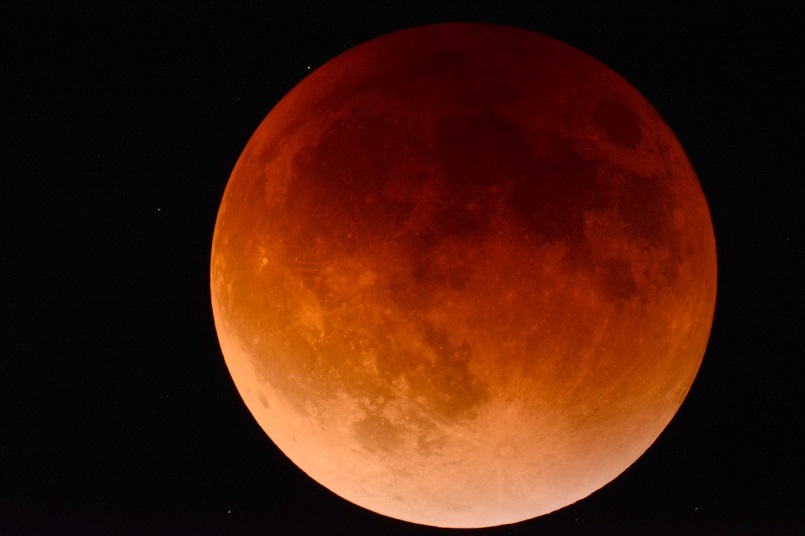
Two celestial events will occur in the second half of July, the more prominent one being the longest total lunar eclipse in a century beginning on the night of July 27. This eclipse will be visible over India.
Mr Raghunandan Kumar, founder secretary of the Planetary Society, said the eclipse was estimated to last beyond 100 minutes. It is also expected to cast a larger shadow over the Earth than previous ones.
The reason that on July 27, the Earth will be at its farthest distance from the Sun and the Moon.It will also be a blood moon, since its colour would be reddish-brown.
In Hyderabad, the
moon starts turning red at 11.54 pm, and the total eclipse begins at 1 am on July 28. The maximum eclipse will occur at 1.51 am and the total eclipse ends at 2.43 pm.
moon starts turning red at 11.54 pm, and the total eclipse begins at 1 am on July 28. The maximum eclipse will occur at 1.51 am and the total eclipse ends at 2.43 pm.
Two days later, Mars will make its closest approach to Earth in about 15 years. On July 31, the red planet will be 35.8 million miles away from the Earth. The next closest approach will be in 2035. On Friday, some parts of the globe, especially Australia and New Zealand, witnessed a partial eclipse. This was not visible over India, neither will be one that will occur on August 11 that will occur around the North Pole.
No Comments For This Post, Be first to write a Comment.
Most viewed from Hyderabad
Most viewed from World
AIMIM News
Delhi Assembly polls: Owaisi leads Padyatra in Okhla
Feb 01, 2025
We reject this Waqf Amendment Bill: Asaduddin Owaisi
Jan 30, 2025
Latest Urdu News
Most Viewed
May 26, 2020
Do you think Canada-India relations will improve under New PM Mark Carney?
Latest Videos View All
Like Us
Home
About Us
Advertise With Us
All Polls
Epaper Archives
Privacy Policy
Contact Us
Download Etemaad App
© 2025 Etemaad Daily News, All Rights Reserved.






.jpg)
.jpg)
.jpg)
.jpg)
.jpg)
.png)
.jpg)




